Doepfer A-143-2 Handleiding
Doepfer
Niet gecategoriseerd
A-143-2
Bekijk gratis de handleiding van Doepfer A-143-2 (6 pagina’s), behorend tot de categorie Niet gecategoriseerd. Deze gids werd als nuttig beoordeeld door 47 mensen en kreeg gemiddeld 4.1 sterren uit 24 reviews. Heb je een vraag over Doepfer A-143-2 of wil je andere gebruikers van dit product iets vragen? Stel een vraag
Pagina 1/6

DOEPFERDOEPFERDOEPFERDOEPFER System A-100 Quad ADSR A-143-2
1
Fig. 1: A-143-2 Controls, Inputs and Outputs
1. Introduction
Module A-143-2 contains four independent ADSR-type
envelope generators. Each sub-unit has available the
controls Attack, , Decay Sustain and Release. The three-
position Range switch allows selection of the desired time
range (low - high - medium). The adjustable envelope time
ranges from several minutes to less than 100 microseconds.
On top of this each unit is equipped with three digital outputs
(high/low): "End of Attack (EOA)", "End of Decay (EOD)"
and "End of Release (EOR)". As soon as the criterion is
valid (e.g. end of decay state) the corresponding digital
outputs turns "high". These outputs can be used e.g. to
daisy-chain several ADSR units. For this the digital output in
question (EOA, EOD or EOR) has to be connected to the
Gate input of the following ADSR. Even automatically
running envelopes (pseudo LFOs) or so-called "quadrature
envelopes" with cyclical modulations of several ring-shaped,
daisy-chained ADSRs are possible.
In addition to the obligatory Gate (G) input for envelope
generators each unit has available a Retrigger (Rt) input.
The retrigger turns the direction to "upward" if the envelope
has already reached the decay state while the retrigger
pulse occurs. The Gate inputs 2, 3 and 4 are normalled to
Gate input 1, i.e. the Gate input 1 is connected to the
switching contacts of the other inputs. Thus only one Gate
signal at Gate input 1 can be used to trigger all four units
simultaneously.
The envelope outputs are displayed with LEDs.

Quad ADSR A-143-2 System A-100 DOEPFERDOEPFERDOEPFERDOEPFER
2
2. Basic Principles
Fig. 2 shows the basic function of each unit:
Fig. 2: Basic function
The positive edge of the gate input starts the envelope
signal and resets both the “End of Attack (EOA)” and "End
of Release (EOR)" output. The time required to reach the
maximum value of the envelope is defined by the attack
control. As soon as the envelope level reaches the sustain
level during the rising slope, the digital "End of Decay
(EOD)" output turns low. As the maximum value (about +8
V) is reached, the EOA output turns “high” and the so-called
Decay phase begins. In the decay phase the slope falls to
the Sustain level defined by the sustain control with a time
adjusted by the decay control. At the end of the decay
phase the envelope output remains at the sustain level until
the gate signal turns low. When the gate signal turns low the
EOD output turns high and the Release phase of the
envelope begins. The slope falls to zero with a time adjusted
by the release control. When the envelope level reaches
about +0.5V the EOR output turns high.
The retrigger behaviour of the A-143-2 is different compared
to other envelope generators. During the attack phase the
envelope cannot be retriggered or reset. During the decay
phase the envelope direction changes if a positive edge
appears at the retrigger input (i.e. the envelope changes
from decay to attack state).
Fig. 3: Retrigger behaviour

DOEPFERDOEPFERDOEPFERDOEPFER System A-100 Quad ADSR A-143-2
3
3. Overview
Fig. 5: A-143-2 front panel
1
!
2345
&
6
$
%
"
§
Product specificaties
| Merk: | Doepfer |
| Categorie: | Niet gecategoriseerd |
| Model: | A-143-2 |
Heb je hulp nodig?
Als je hulp nodig hebt met Doepfer A-143-2 stel dan hieronder een vraag en andere gebruikers zullen je antwoorden
Handleiding Niet gecategoriseerd Doepfer

31 Maart 2024

8 Juli 2023

6 Juli 2023

4 Juli 2023

3 Juli 2023

3 Juli 2023

2 Juli 2023

2 Juli 2023

30 Juni 2023

30 Juni 2023
Handleiding Niet gecategoriseerd
- FORS
- Seecode
- Foster
- MAAS
- Itho
- Linksys
- IP-COM
- Exagerate
- Ariete
- Mitsai
- Tiptop Audio
- Devialet
- Honey-Can-Do
- Zibro
- WyreStorm
Nieuwste handleidingen voor Niet gecategoriseerd
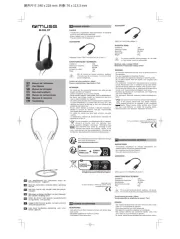
2 Augustus 2025
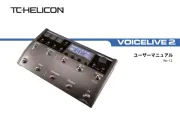
2 Augustus 2025
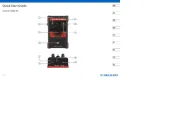
2 Augustus 2025
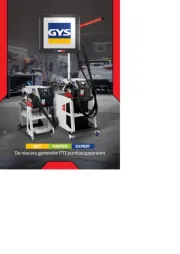
2 Augustus 2025
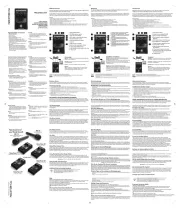
2 Augustus 2025
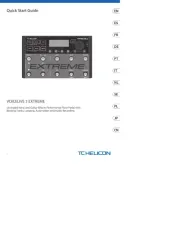
2 Augustus 2025

2 Augustus 2025
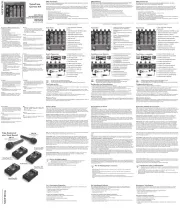
2 Augustus 2025
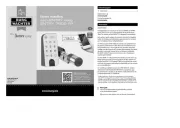
2 Augustus 2025
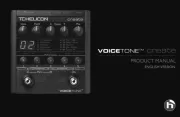
2 Augustus 2025